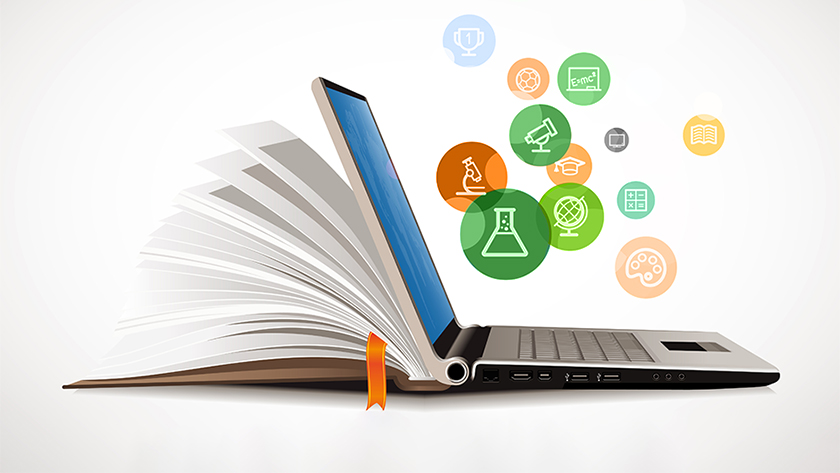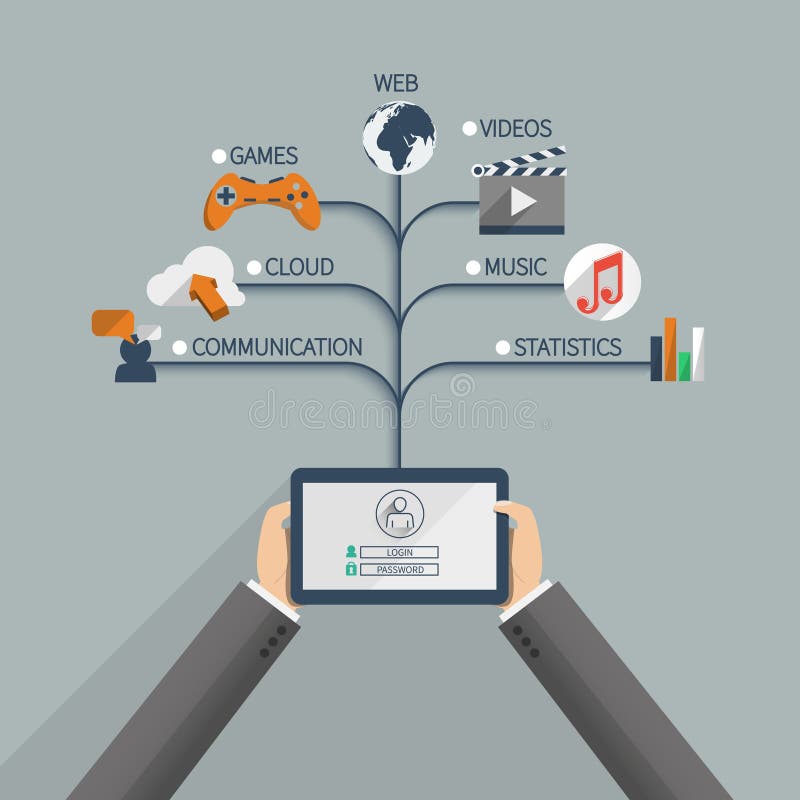How open learning principles can make education more accessible and inclusive.
Open learning is making learning more flexible by making more educational resources widely as well as generally available. It allows students to learn on their own schedule, whenever and wherever they want. Open learning allows students to receive education without limitations, regardless of your profession or country. Open learning also makes education more autonomous and inclusive.

How have historical advancements in educational technology shaped modern educational tools and philosophies?
Twenty Years of Edtech mentions that edtech is a rapidly changing field and uses this quote to motivate senior executives to embrace edtech. At the very beginning of this article it mentions Wikipedia in 1998 to YouTube in 2005.I use these two learning styles as an example, at the very beginning when we wanted to learn something else or if we were confused about anything we would go to Wikipedia. But the written word was not as engaging as the teacher’s explanation in a video, and with the advent of YouTube, open learning took on a more concrete look.
How the shift from traditional to digital?
Since ancient times, the traditional model of education has been centered on the teacher in the classroom, and one can only rely on the teacher’s teaching to receive new knowledge. Digital platforms are created to be more student-centered so that students can find their own way of learning that suits them. Take our current generation of students as an example, when we were young, we had no other way of learning and could only rely on the teacher’s explanations in the classroom. After growing up, there are more and more open learning platforms, such as zoom and YouTube. These can be customized to suit the needs of the student.
Connect the theories and technological developments to current educational practices.
We often talk about personalized learning, and personalized learning means developing a learning style that best suits one’s needs. I think the mode of course selection in universities is a demonstration of personalized learning. In addition to our major courses, we can choose any courses we are interested in. For example, I am an economics student, and I have also chosen music, writing, and various other courses that interest me. This makes me feel that learning is not boring and can be fun. This has influenced my studies for the better.
The role of multimedia resources in enriching educational experiences.
The role of multimedia resources is more about making learning more interesting and can be enriched by combining pictures, images and animations. I have seen an animation that talks about the history of money in the United States, which allowed me to understand the overall process of money development in a very easy way for me to understand. This is one of the uses of multimedia resources and one of my favorite ways.

Hello, Ning! I found the perspectives you shared in your blog this week very fascinating. The technology-driven learning forms you mentioned, such as videos, interactive animations, etc., make the learning experience richer and more diverse. At the same time, I very much agree that the university course selection model you proposed well embodies the concept of personalized learning. Students can choose courses according to their own interests and needs, which not only increases the fun of learning, but also improves the initiative and enthusiasm of learning. I truly enjoy reading your blog and I look forward to your new updates.
Hi Zhining
I really agree with your explanations. Open learning principles indeed enhance education’s accessibility and inclusivity, making it possible for students to learn flexibly and on their own terms. The historical advancements in educational technology, from Wikipedia to YouTube, have transformed how we access and engage with information, making learning more interactive and engaging. This shift from traditional teacher-centered education to digital, student-centered platforms like Zoom and YouTube allows for personalized learning experiences, catering to individual needs and interests.
Your point about multimedia resources enriching educational experiences is also spot on. They make learning more interesting and easier to understand through diverse formats like animations and videos. Overall, the integration of these open learning principles and technological advancements has revolutionized education, making it more accessible, inclusive, and engaging for everyone.